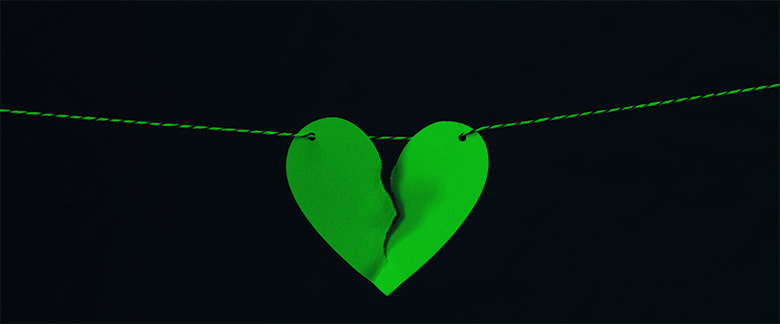Times change and CEOs come and go. Bob Parsons and his iconic GoDaddy guy are company history for a few years now.
The brilliant GoDaddy founder whose elephant hunting photo triggered a backlash, drove GoDaddy to the top of domain registrars using buxom girls and “shocking” TV ads – to the prude crowds watching the Super Bowl, at least.
As a brand, GoDaddy without the “daddy” guy stood well on its own. Nice, bold letters in the color of money and prosperity – the deepest shade of green.
But times do change, and the GoDaddy revenue making model seems to be no longer focusing on domain registrations alone.
It’s what comes after registering these domains that matters: web hosting, content creation, SSL certificates and marketing. In that context, GoDaddy wants to be friendly to all entrepreneurs, both the savvy ones and the clueless ones.
Fast forward to 2020.
GoDaddy has a new logo, that to some it looks like a twisted pretzel, or the head of an ant, or the Airbnb logo upside down – we don’t see any resemblance to the latter, to be honest.
What’s not to love in this new GoDaddy logo?

We don’t love the fading of the character that the old GoDaddy brand carried.
The heart shaped “GO” feels forced, like a Valentine’s Day present to your ex. The wordmark is lost next to the “GO” heart, as if it shrunk, losing its phallic glory to a consumer market where everyone should wear the same color clothes.
We don’t love how a distinct brand appears to look like something it never was, the Apple of domain names and web hosting.
With intangible products, such as domain names, the consumer cannot touch the new logo or its beating heart. They cannot see it etched on their computer, laptop, audio player, smartphone. There are no tangible products in the market that GoDaddy produces.
The new GoDaddy logo can’t warm up people’s hearts when it’s just printed on stickers and t-shirts to give away at domain conferences such as the upcoming NamesCon. That’s just not enough.
Brand identity design is a sensitive part of a company’s mission, especially one that has a long industry history and millions of customers. If that equilibrium is disturbed, brand loyalty is affected.
As some said in comments, and in a Verge article, there was no reason to fix something that wasn’t broken. The visuals of the “GoDaddy” brand stood fine on their own – it’s the quality of services that customers want to see improvements on.
By all means though, G❤️O GoDaddy!
Copyright © 2025 DomainGang.com · All Rights Reserved.










Think i’m gonna spew ..